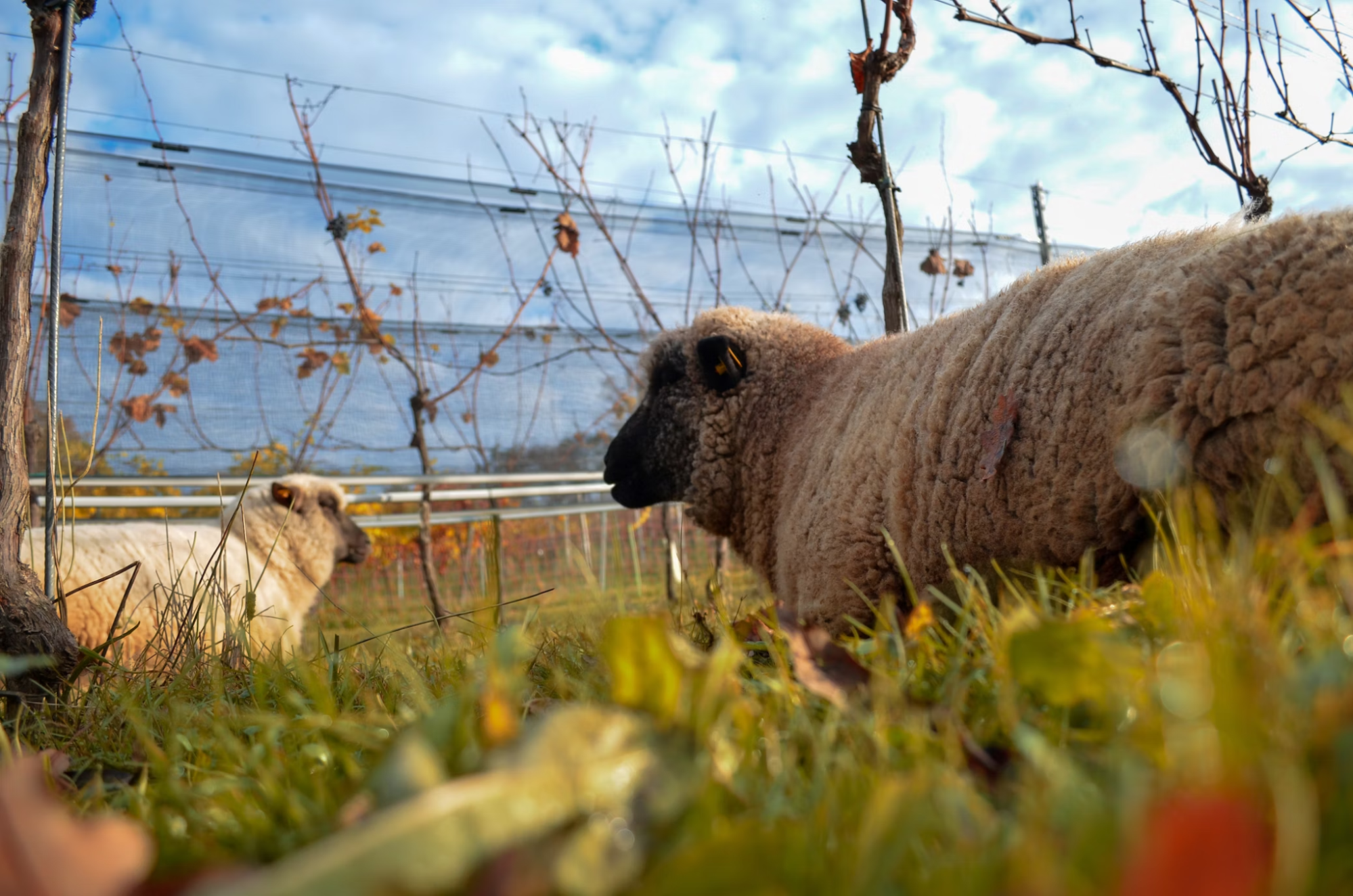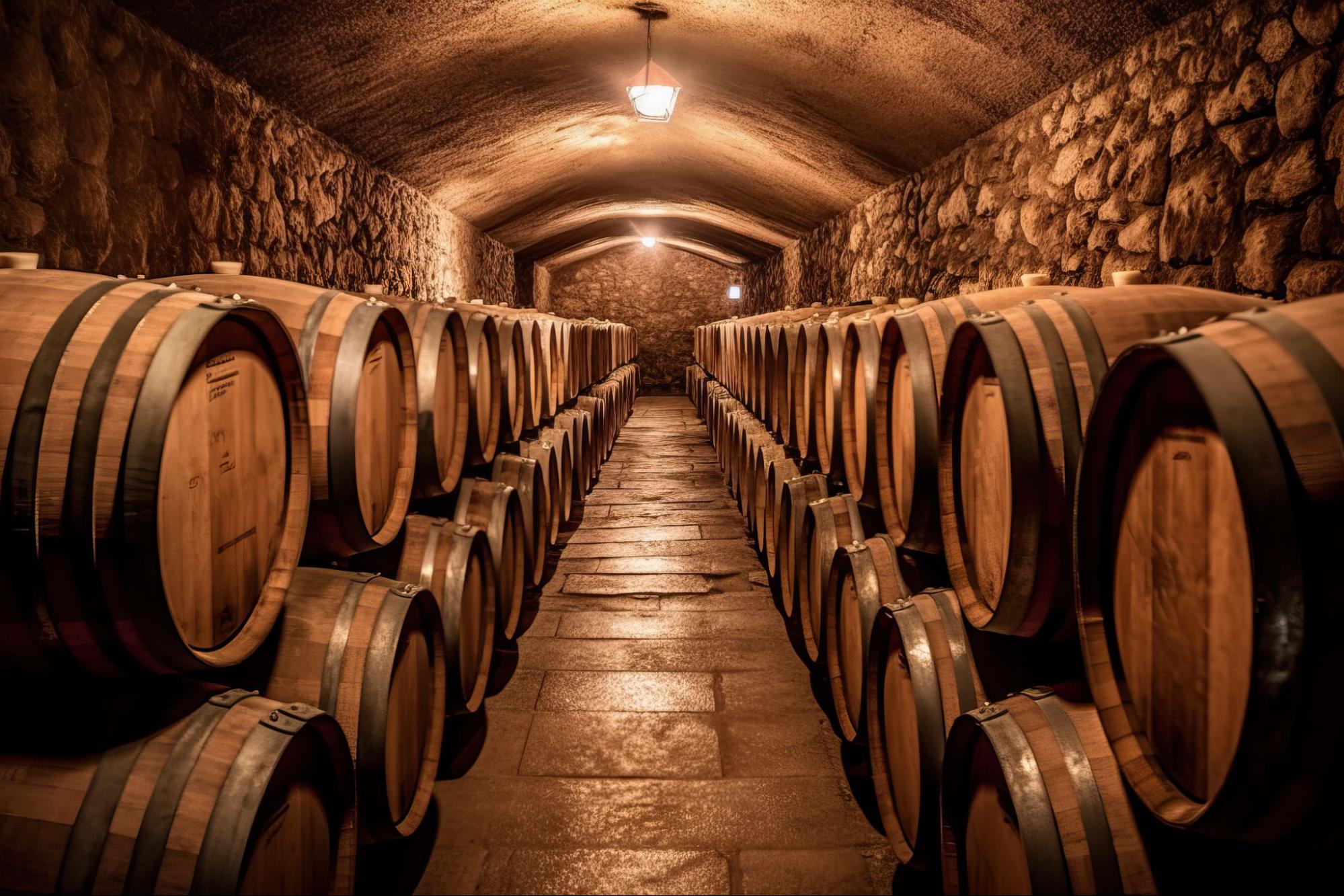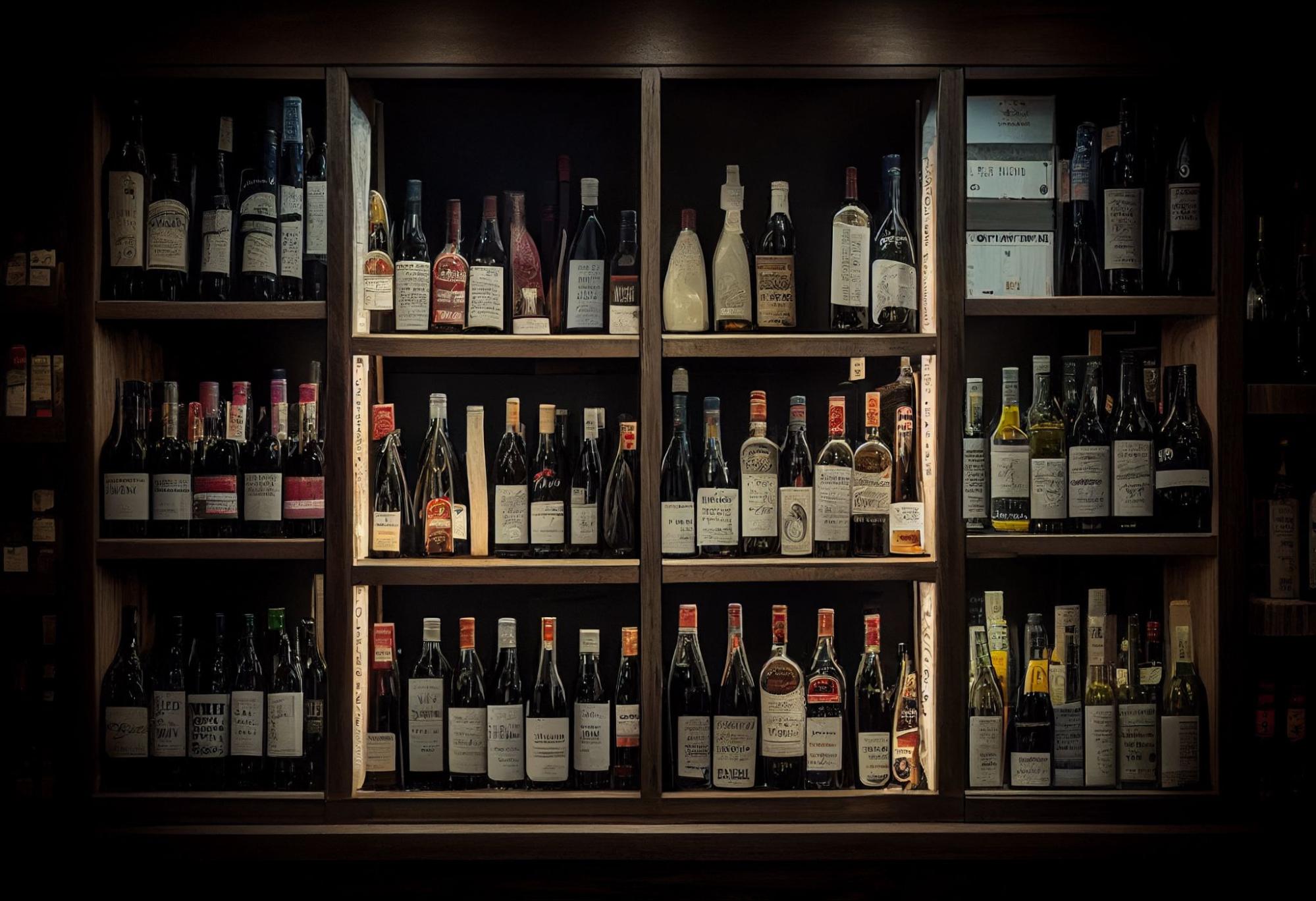- Wine Color/Type
- Top Occasions
- Unique Wines
- Surprise Me!
What Makes That Wine Bottle So Expensive?
A Comprehensive Guide to Understanding Wine Prices
We've all been there: standing in the wine aisle, eyeing that exquisite bottle from a renowned brand. It’s almost as if the label is whispering, "You know you want me." But then reality sets in. You look at the price tag and wince, debating whether you should opt for something more budget-friendly. Finally, you think, "I deserve this!"
But what exactly are you paying for? It's more than just the barrel and the label.
Handling the vineyard
At the foundation of every bottle of wine lies the vineyard where the grapes were grown. Viticulture, the art of grape-growing, sets the foundation for a wine's quality. Exceptional wines don't just happen; they are born from extraordinary grapes. You can’t make awesome wine from average grapes.
Some viticulture practices are better for the environment, but can be more expensive for the wine producer (Photo: Nicl koljagraphics, unsplash.com)
The first thing to consider is how the vineyard is managed. Conventional methods often involve the use of controversial substances like glyphosate for weed control and various herbicides to tackle mites, leafhoppers, and other pests. These methods may be cheaper, but destroy the local ecosystem. On the other hand, pricier wines often adopt environmentally-friendly practices. While they may not be officially organic, these vineyards usually implement Integrated Pest Management (IPM) systems. By promoting beneficial insects that naturally counteract pests, IPM creates a thriving ecosystem. This can include planting hedges and trees, planting certain flowers for bees and accepting a defined percentage of damage. Although this method has its challenges and costs, the rewards are healthier, more robust vines that demand fewer chemical inputs. However, these eco-friendly practices also require more labor, driving up the final cost of your bottle.
But it’s not just about how the vineyard is managed. Winemakers often opt to reduce grape yields. By doing so, the vine focuses its energy into fewer, but more intensely flavored, grape clusters. Think of it as quality over quantity.
Oak is a key-factor for the final price (Photo: mimadeo/stock.adobe.com)
Of Barrels and Chips
Once harvested, the grapes move on to the fermentation stage, adding another layer to the wine’s price tag. Wooden barrels, especially new ones, can be expensive investments. A 228-litre new barrique barrel, for instance, costs around $1,500, translating to $6.58 per litre. These new barrels can sometimes overpower a wine with too many tannins or flavors of vanilla, almond, and smoke. As a result, barrels are often used multiple times to mellow out their influence. If a wine incorporates 30% new oak, that oak only adds around $1.98 per litre to the final bottle price.
Not all winemakers strictly adhere to the use of traditional barrels. Some, who are as savvy in business as they are in winemaking, employ staves and chips for oak infusion. A new method involves the use of a so-called "Flexcube." This stackable, neutral vessel acts as a wooden barrel. The process supports the wine to be finished earlier, making it a more affordable yet high-quality option. Often hidden away in non-tourist zones of wineries, these tools provide a more affordable means of structuring and flavoring the wine, while also benefiting from oxygenation.
The Brand: Where Perception Meets Reality
Last but certainly not least, the wine's brand often plays the most significant role in its pricing. Iconic names like Stags Leap, Dom Pérignon, and Domaine Romanée Conti
share a common trait: they are famous, in high demand, and come with an aura of exclusivity. Their price reflects not just the cost of production but the value of the brand itself. Some wines, like Chateau Lafite Rothschild, are so sought after that their price can fluctuate dramatically based on the quality of the vintage.
Expensive Wines: The brand can drive the price. (Photo: Iuliia/stock.adobe.com)
In the wine world, there's a rule of thumb: if a bottle costs more than $100, you're likely paying for the brand. While branding carries weight, it's worth noting that there are lesser-known but equally remarkable wines available at a fraction of the price. Finding these hidden gems often requires the expertise of a sommelier or an experienced wine enthusiast.
So the next time you splurge on that expensive bottle, you'll have a better idea of what you're paying for—and hopefully, savor every drop even more.
Value for money wine recommendations
Drappier Quattuor Blanc de Quatre Blancs Extra Brut Champagne
Château Pigoudet Classic Rosé
Whitehall Lane Cabernet Sauvignon
Cheers from the VinoVoss team!
Peter Douglas
Latest articles






